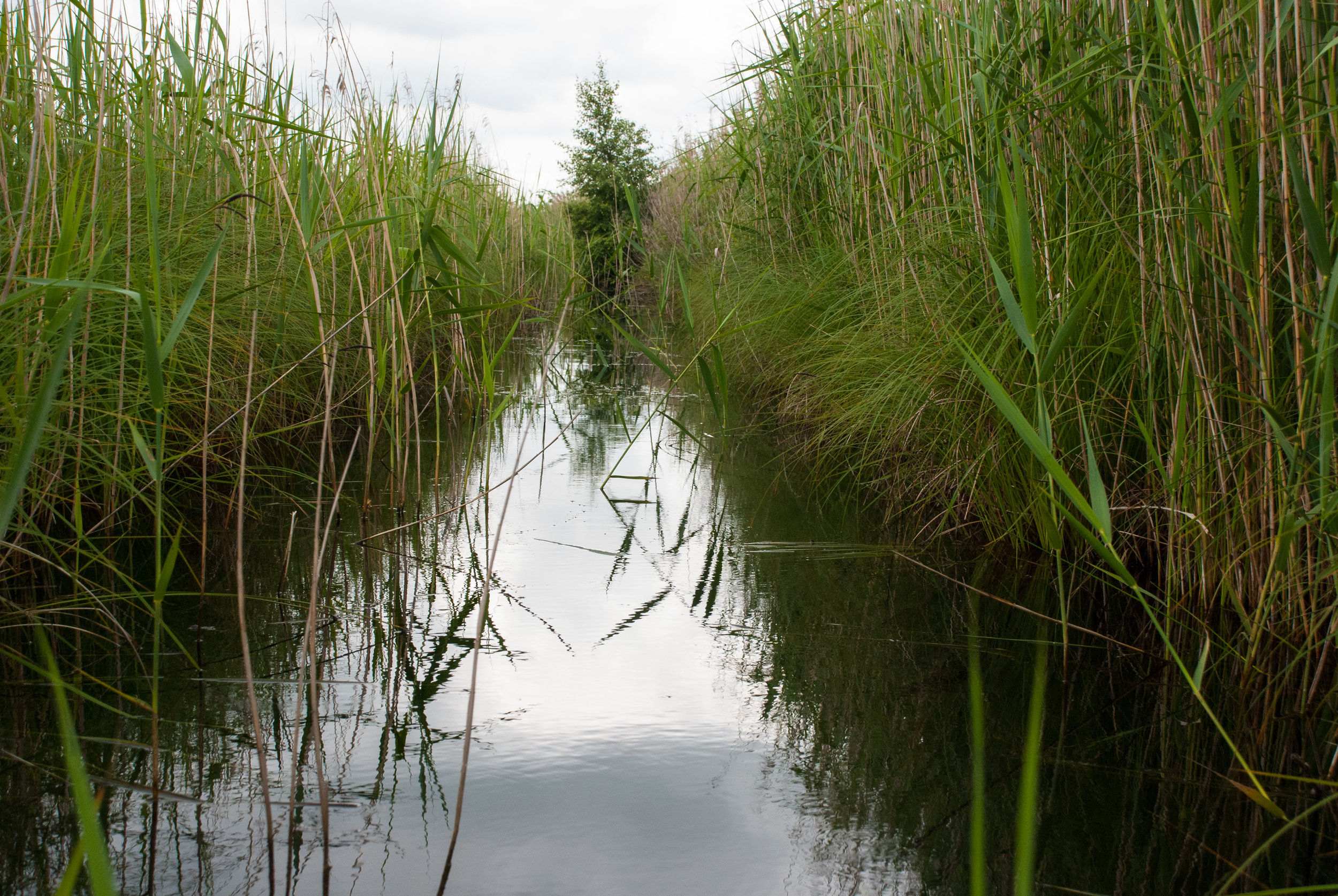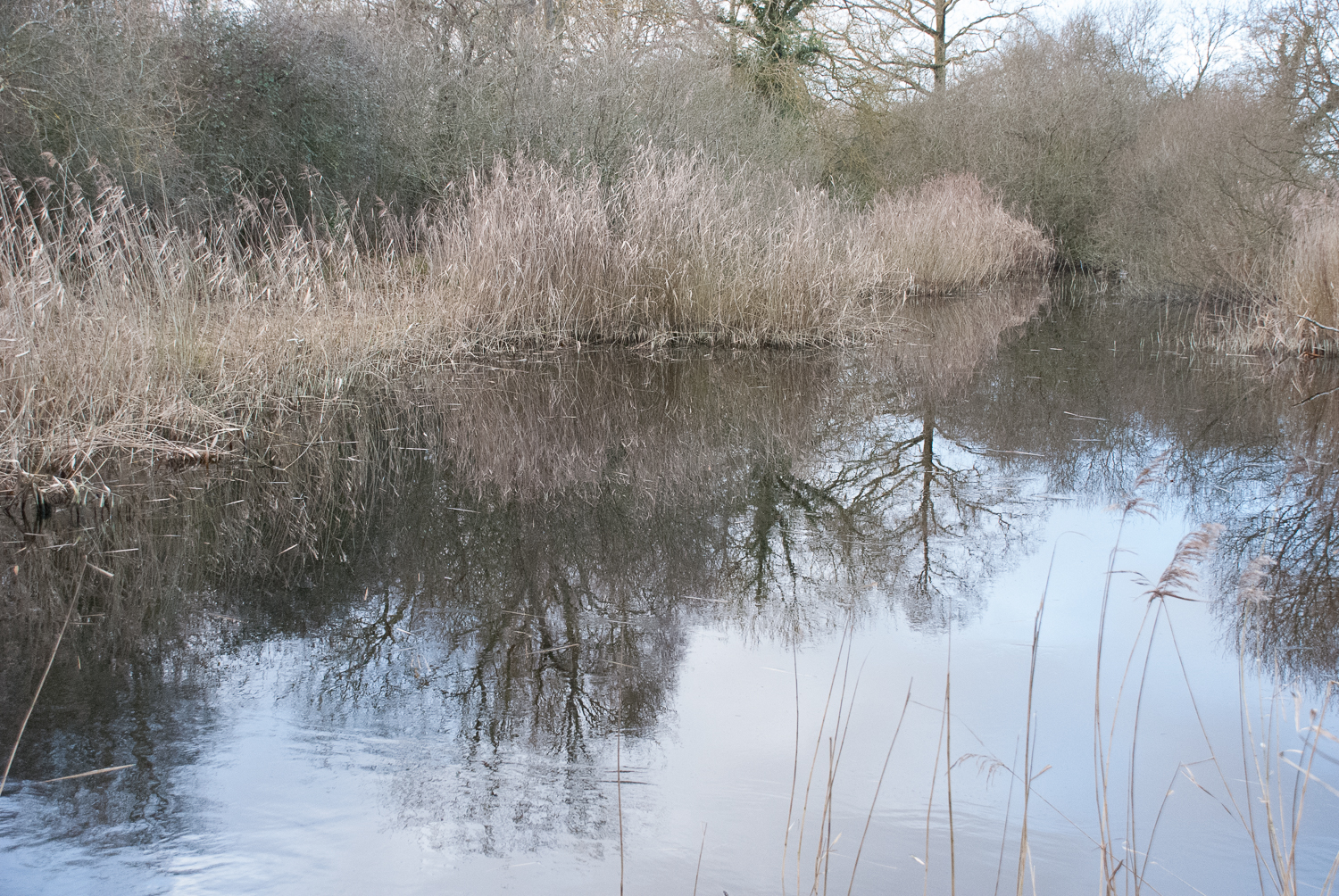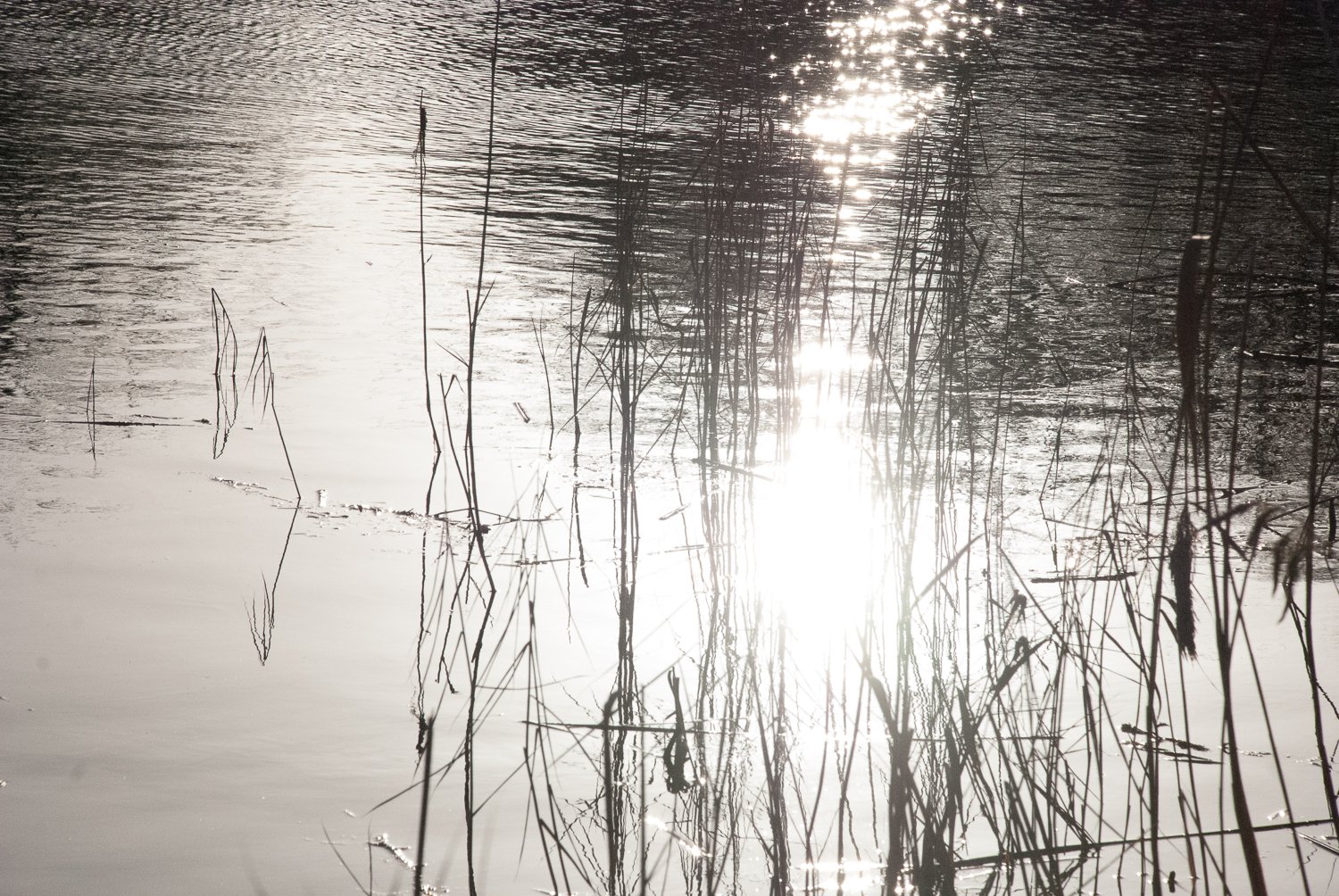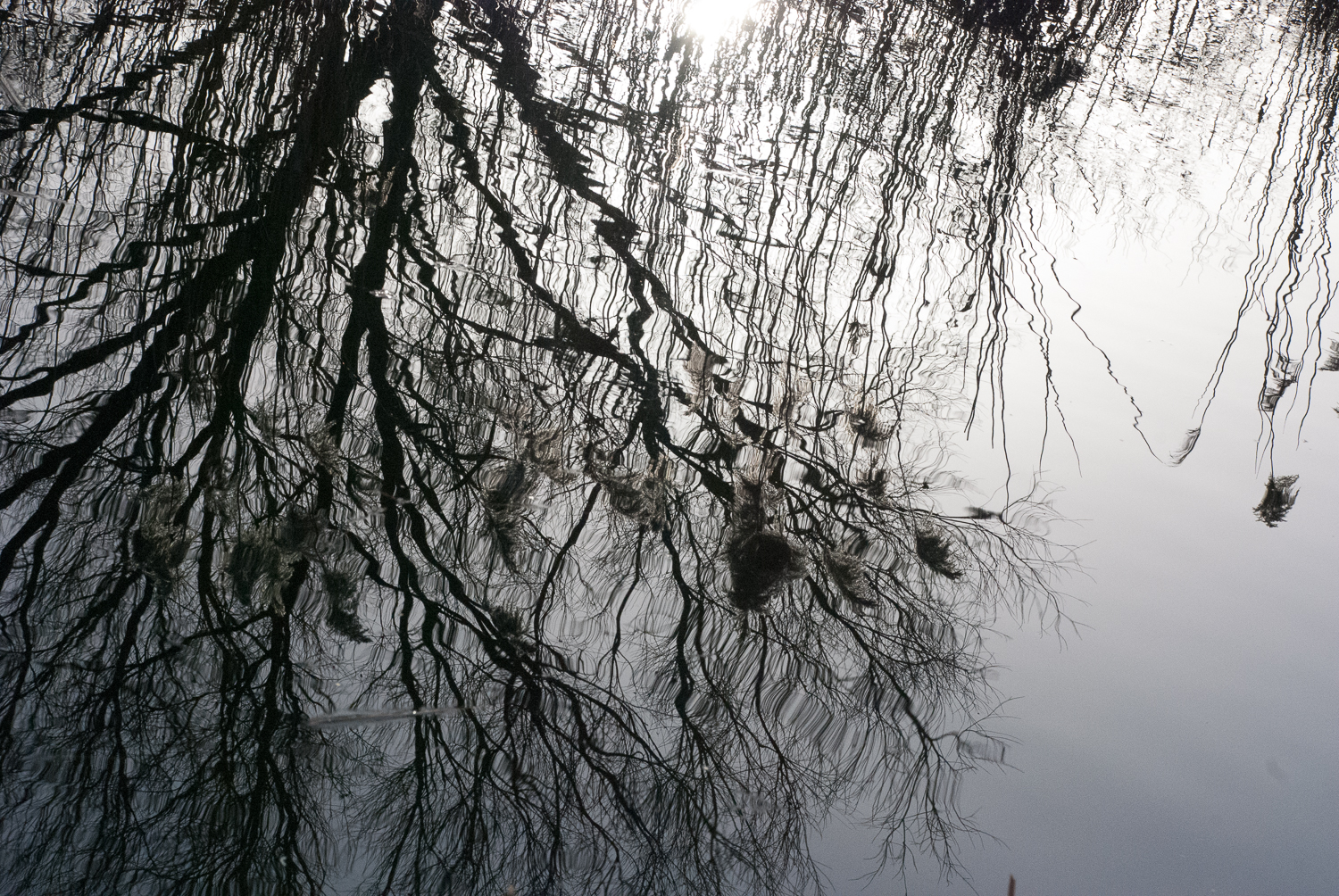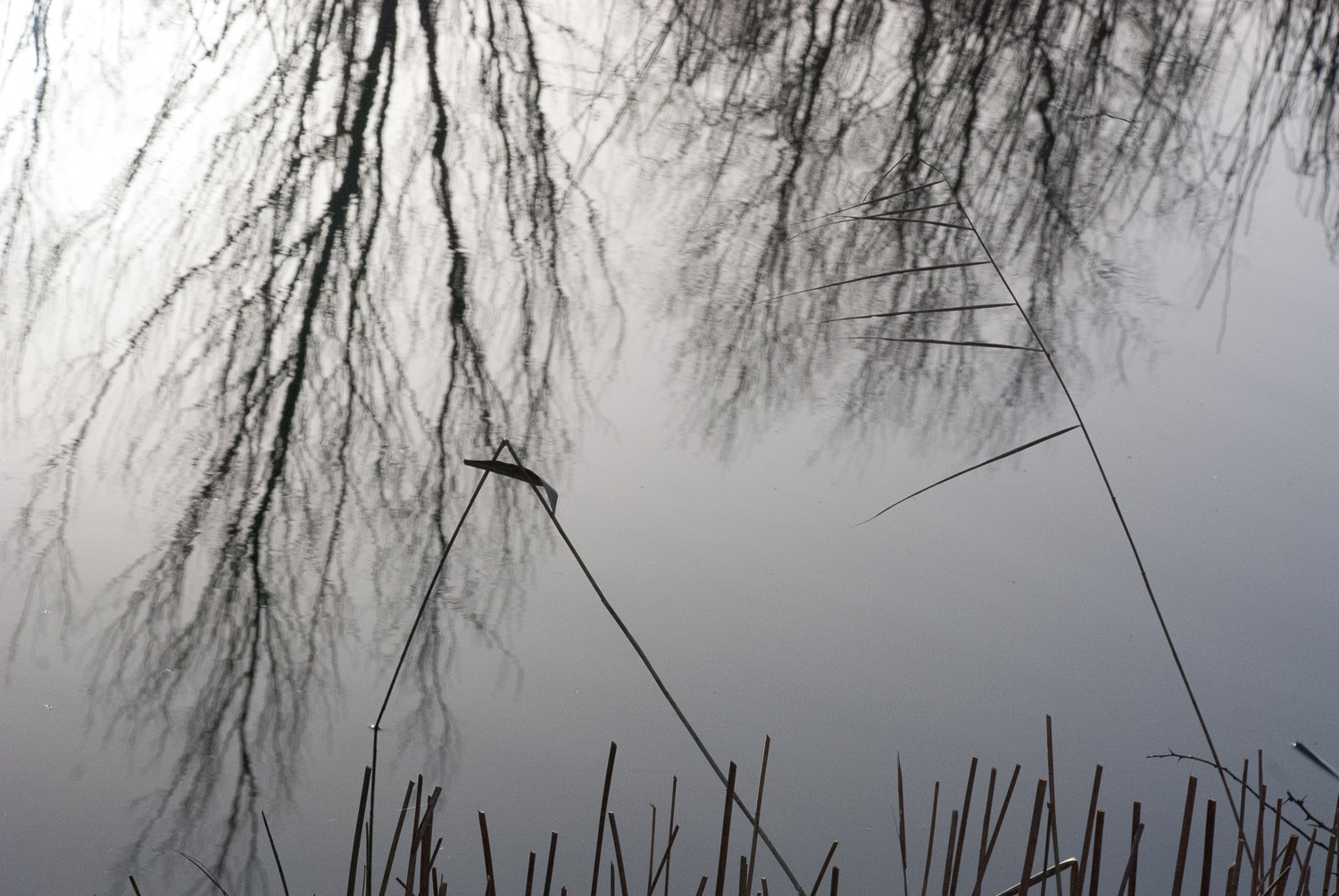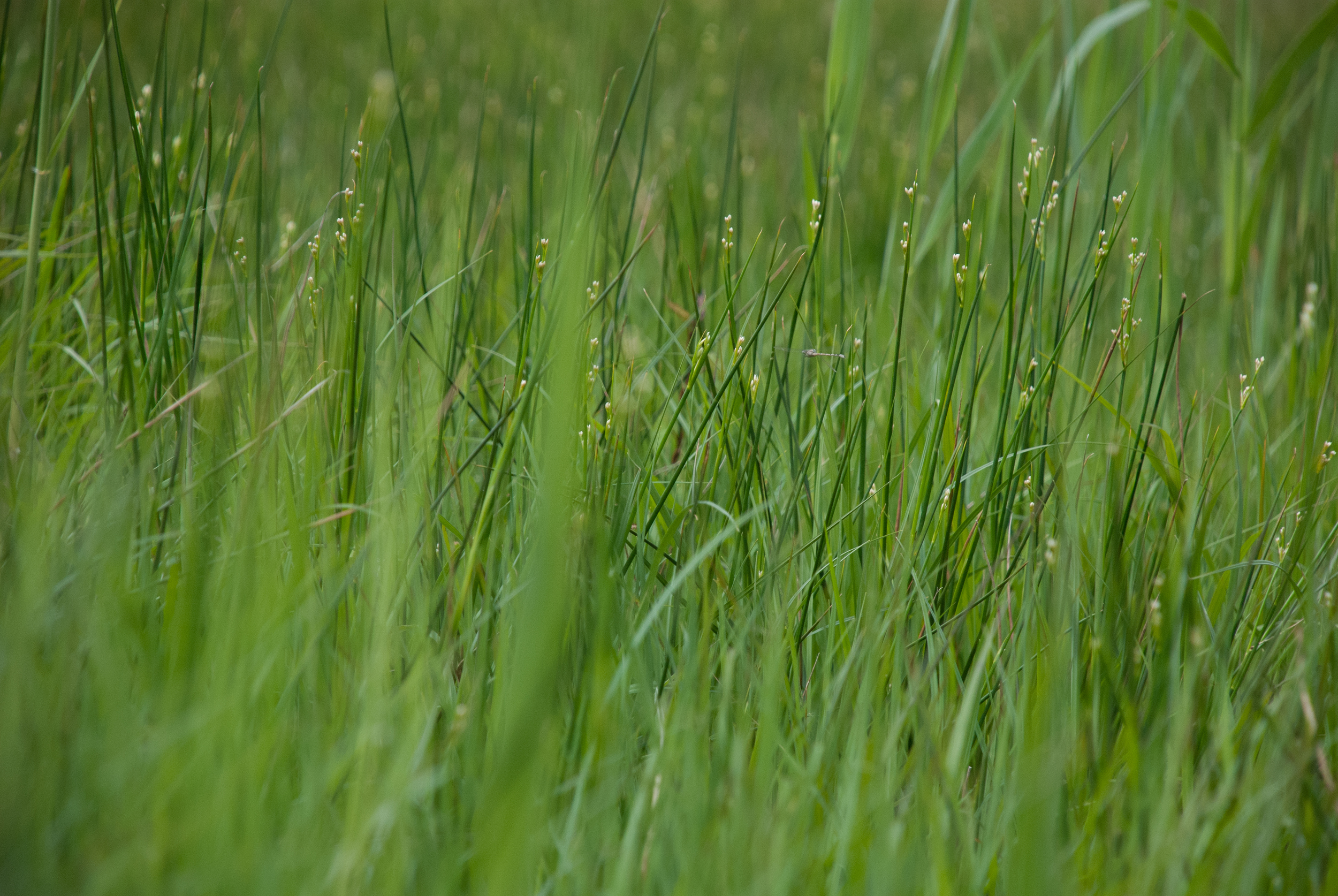It’s halfway through February and not long now until Sally and I present the work we have each developed in our Wicken Fen collaboration. I stopped posting regular updates of our visits to the Fen because they seemed very repetitive. And there have been a lot of them – at all times of year and in widely varying conditions. Although many visits seemed to develop their own theme – ice (visit 10); spiders and cobwebs (visit 9) …
The purpose of these repeated visits has been to experience the Fen at different times and seasons and allow ourselves to be led in new directions in response. We have used drawing, photography, talking and writing to record impressions and develop our ideas. That movement from gathering information to developing work is a difficult phase and this time at least I just didn’t want to blog about it. My ideas shifted over the course of the project and it was better to let them evolve in private.
So, here we are, less than two months until the exhibition, my studio filling up with work, and perhaps now it is time to talk about the main themes that I have homed in on. Let’s start with the reeds.
When I think of the fen, I think of the reeds. They are found everywhere and no matter what time of year you visit they set the character of the fen. When Sally and I first visited in early summer 2016, I was dismayed by the tall, thick stands of bright green reed that covered the fen, obscuring views of open water. At the height of summer, they close you in – you cannot see over or through them in places and you may even have to push through them where the path narrows. And the greenness merges into all the other greens, although the dark purple inflorescences are amazing.
But as the year progresses, the leaves fall, the stems slowly bleach and the low sun turns the seedheads pale gold and then silver. The fen opens out again and is filled with light. The silver reeds contrast with the charcoal greys of winter trees. It is more monochromatic but this is how I like to see it best.
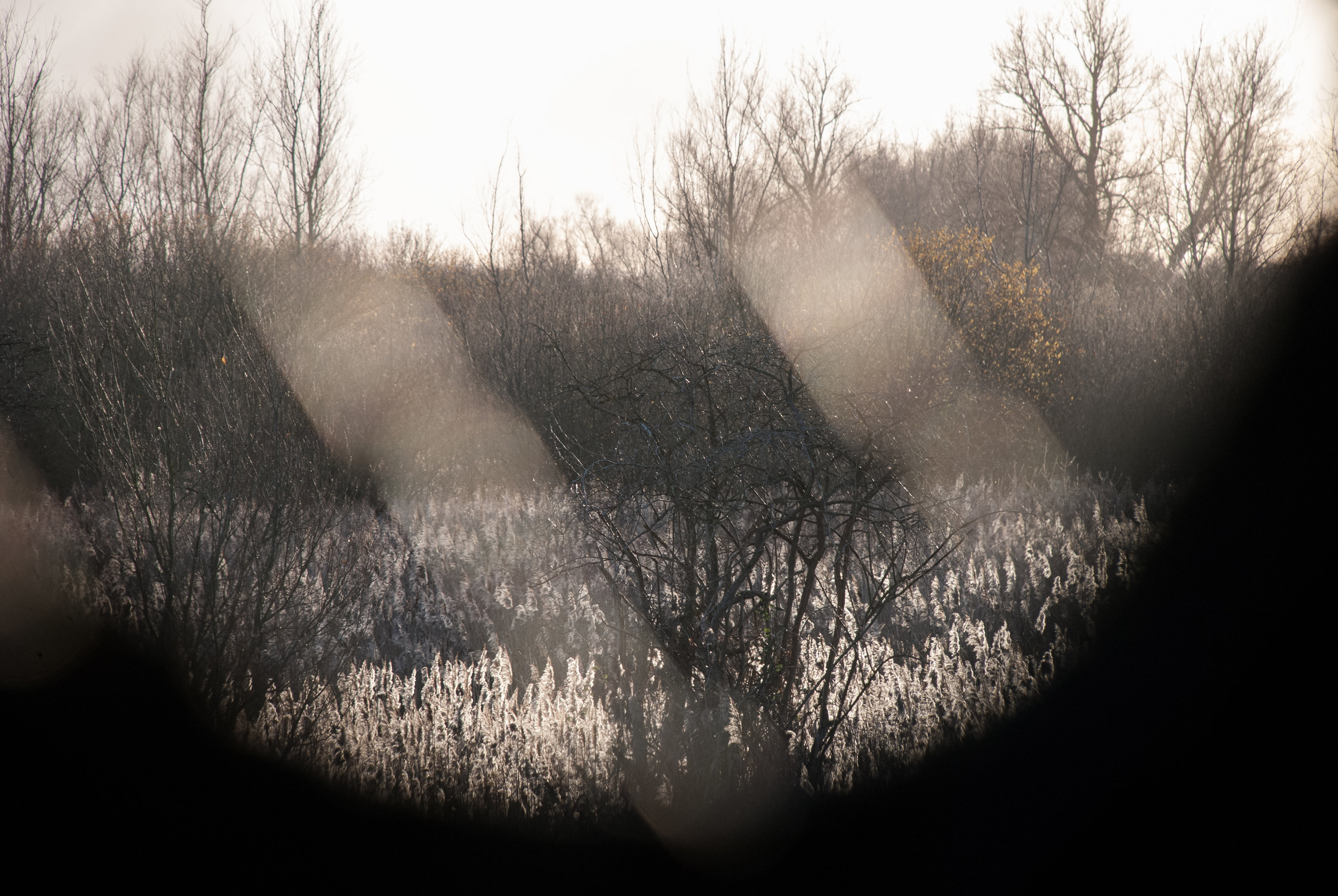
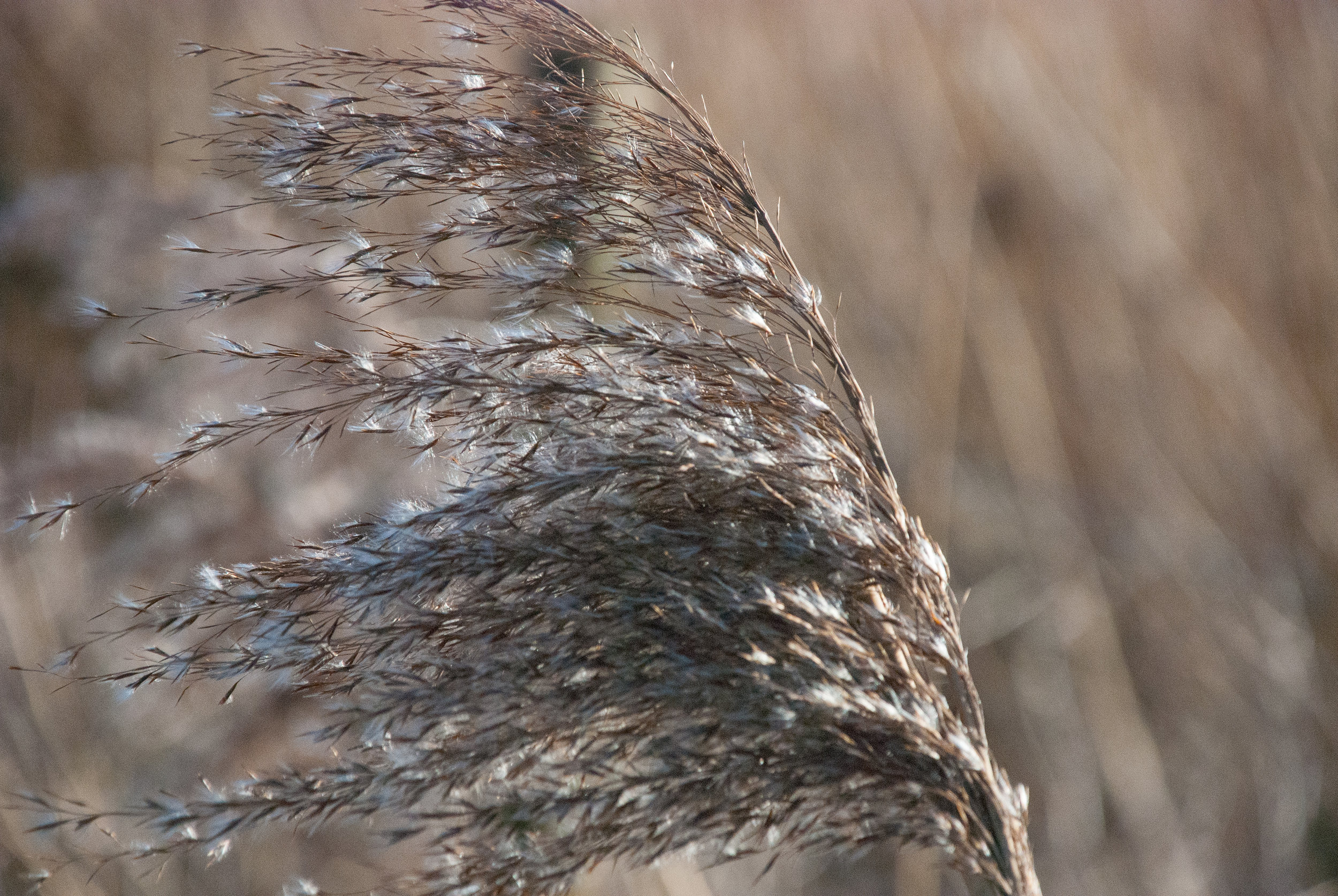

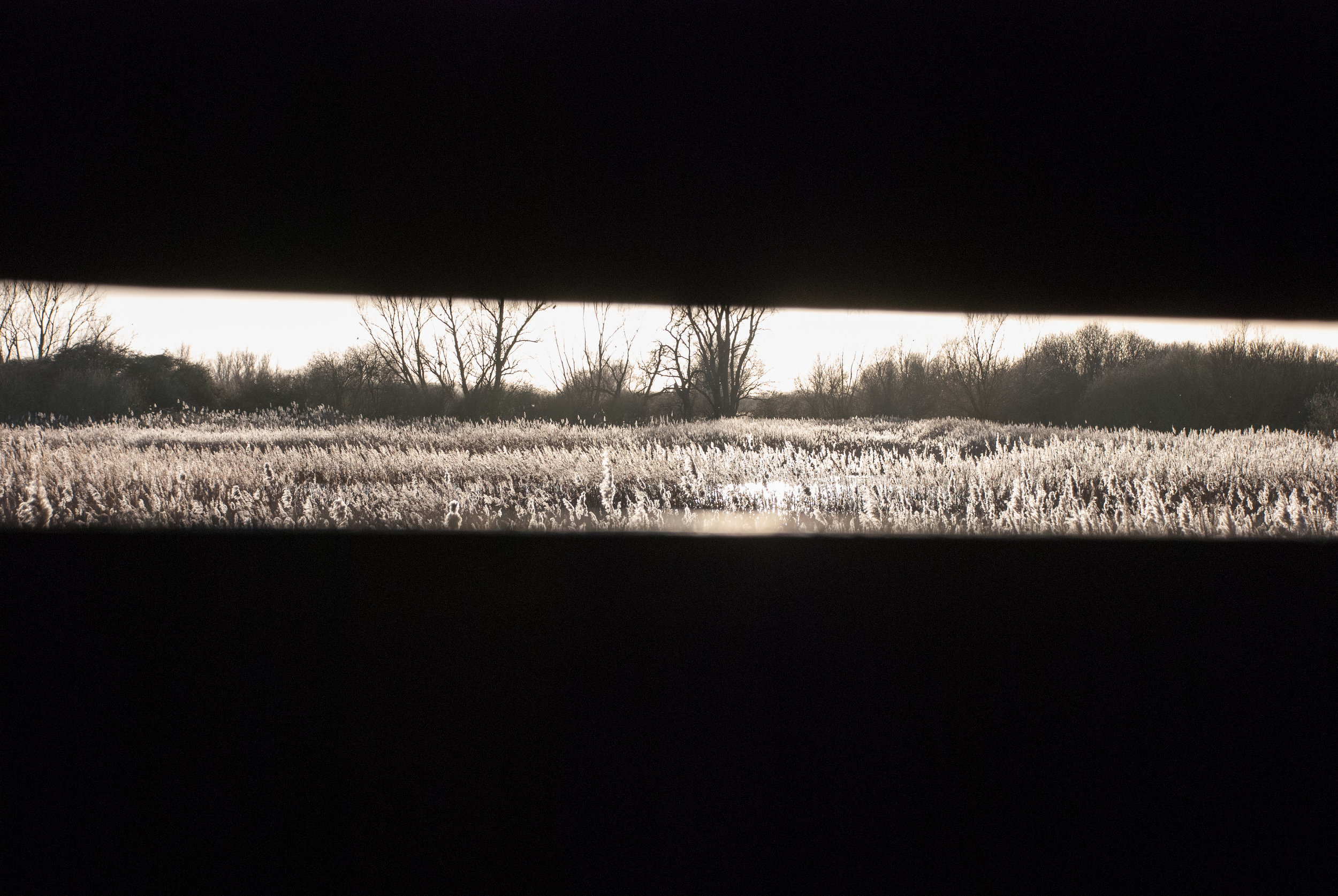
The sound changes too – from a soft, swishing whisper in summer to a dry rustling or crackling in winter. At some times and in some parts of the fen it is almost the only sound you hear. Often you also hear, though you may only glimpse, birds moving through the reedbed; while marsh harriers (or even hen harriers) glide over the top, hunting; and in the evenings flocks of swallows (summer) or starlings (winter) swoop over the reeds before settling to roost. I also love the sight of midges caught by the sunlight over the reeds - like gold dust.
Common or Norfolk Reed (Phragmites Australis) grows up to 3 metres and is one of Britain’s tallest native grasses. Remarkably, there is more of the plant below ground than above:
“Strong horizontal rhizomes ramify the soil, sending up forests of vertical shoots that give rise to the aerial parts. The above-ground parts die each year, although the dead stems and leaf bases may remain standing for several years. The rhizome system however is perennial and potentially immortal, producing new growth and shoots year after year, perhaps for centuries.”
Phragmites australis (illustration by D A Showler from "Wicken Fen: the making of a wetland nature reserve").
Reedbeds are essentially swamp and a transitional habitat between land and water. If the water is too deep aquatic plants have the edge; too dry and herbs and shrubs take over. At Wicken Fen a programme of cutting and burning is necessary to prevent the transition from reedbed to scrub and close monitoring and manipulation of water levels is essential to keep the fen wet but not too wet. What seems such a “natural”, unspoilt landscape actually depends upon human intervention to keep it in this transitional phase.
Reedbeds offer a diversity of habitat that is extremely valuable for birds and insects. Some British birds only breed in reedbeds and common reed supports a dazzling variety of invertebrates in every part of the plant. “Some of the rarest creatures on the reserve are also the smallest and least visible” is a remark made by one of the Managers at the Fen, that has stayed with Sally and me.
So where does this get me:
- The reeds dominate the landscape, habitat, appearance, sound and colour of the fen.
- They are a plant of the edge, neither land nor water, and constantly seeking to advance in either direction.
- Seen vs unseen - they are highly visible but there is even more that is hidden. They have "secrets" in the form of invertebrates that live or breed within the plant or birds or mammals that hide in the reedbeds.
- Light and colour - as ever I prefer the winter colours. Particularly the effects of the light in autumn and winter.
Reed imagery is featuring in most of my work, but I am particularly interested in the reflections they make in the water. More on this later.
More information:
- Wicken Fen: the making of a wetland nature reserve - ed Laurie Friday (Harley Books / The National Trust. Colchester. 1997)
- The Wildlife Trusts: Reedbeds
- The Wildlife Trusts: Common Reed

